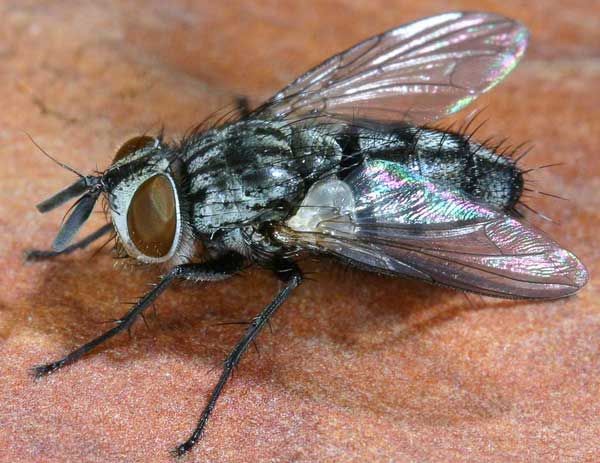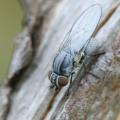Diptera.info :: Identification queries :: Diptera (adults)
Who is here? 1 guest(s)
|
Tachinidae
|
|
| Victor Shilenkov |
Posted on 28-02-2006 16:17
|
|
Member Location: Irkutsk, Russia Posts: 24 Joined: 26.02.06 |
The parasite of Noctuidae. Overwintered as pupa. From Baikal region.
http://zooex.baikal.ru |
| Zeegers |
Posted on 28-02-2006 21:37
|
|
Member Location: Soest, NL Posts: 18902 Joined: 21.07.04 |
Dear Victor, Nice picture. Still very difficult to tell which species of Tachinidae this might be. Sorry, in this group of Goniini / Eryciini I really do need to see the material. Especially since I'm not really familiar with the fauna of the Bajkal region. Theo Zeegers |
|
|
|
| Victor Shilenkov |
Posted on 02-03-2006 16:36
|
|
Member Location: Irkutsk, Russia Posts: 24 Joined: 26.02.06 |
Thank you for your remark.
http://zooex.baikal.ru |
| ChrisR |
Posted on 03-03-2006 13:20
|
|
Super Administrator Location: Reading, England Posts: 7700 Joined: 12.07.04 |
As it is such a nice photo I tried it through Peter Tschorsnig's software-based Palearctic key that allows the user to skip elements and just enter what they see. Anyway - this is how I ran it: - medium sized (7-10mm) - hairy eyes - mid-tibia with 1 ad - Cell R5 closed at the wing margin (no petiole) - bare arista - arista thickened on less than basal half - tergites 3 & 4 with median discals - facial ridge - setae on 3/5 or more - face bare below lowest frontal bristle At this stage we get a choice of 4 possible genera: - Compsilura (my best guess) - Pseudoperichaeta (hosts micro-leps?) - Clemelis (hosts micro-leps?) - Campylocheta (discounted because costa without strong bristle) What do others think? Theo?  Chris R. |
| Zeegers |
Posted on 03-03-2006 16:08
|
|
Member Location: Soest, NL Posts: 18902 Joined: 21.07.04 |
Hi Chris Nice work ! Compsilura did cross my mind and was actually my best guess, but not good enough for me to publish. But now that you have checked the database: the other 3 genera you mention are out of the question. Moreover, the ocellar bristles seem to be lacking, a feature of Compsilura. So I think it is safe to say that an educated guess would be: Compsilura. Only species; C. concinnata This species is very polyphagous and easily reared. Again in agreement with this case. Thanks for your help and convincing me Theo |
|
|
|
| Jump to Forum: |















